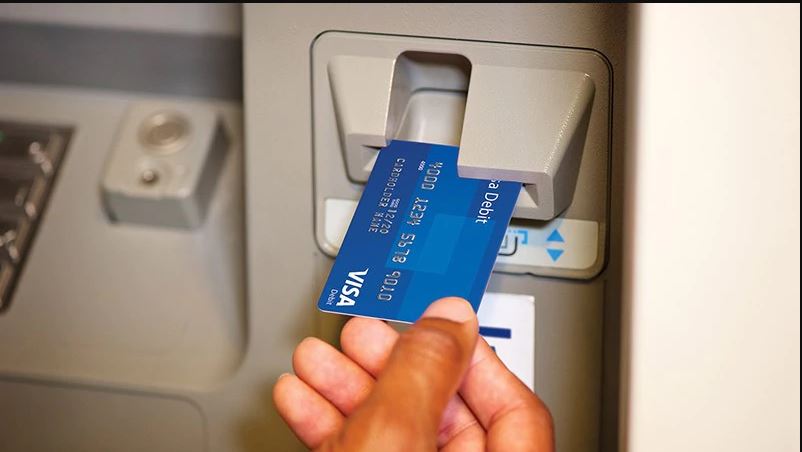

Last week, social media users rightfully raised concerns that the costs incurred in transferring funds from their bank accounts to their mobile wallets, commonly termed as 'pulling', were significantly higher than charges incurred when withdrawing from automated teller machines.
This, they said, did not add up especially at a time when the country is embarking on a cashless economy journey. In the course of 2020 amid the pandemic, the government urged Rwandans to take on digital payment means to reduce cash handling.
However, despite a significant increase in digital payment characterized by push and pull transactions, costs have stayed the same and in other instances even gone up.
For users who have to transfer funds from bank accounts to their mobile money wallets, some end up incurring thousands in charges causing them to rethink the option.
The prices were explained as set individually by players largely based on costs incurred in the transactions, third party costs, recovering investments made in setting up the systems while others will factor in convenience fees.
During the pull transactions, banks also pay interest when funds are moved from the client’s bank accounts to a trust account held by the telecommunication company sitting in the same bank. Banks pay interest on the funds held in the trust account at a rate of about 6 per cent.
Thus, moving funds from one’s bank account to a mobile money wallet means that banks have to pay interest on the money in the trust account.
All these cost factors have stayed constant over the years despite the adjustments by users and increased uptake in the local market. Ordinarily, economies of scale dictate that with increased consumption and uptake, ‘production costs’ reduce allowing further uptake. However, digital payment is proving to be an outlier in the aspect as costs are not showing trends of decline despite increased uptake.
Business models by players on the scene ought to evolve with the changing times, while the avenue is a revenue stream, they should be wary that their rigidness could drive away users.


